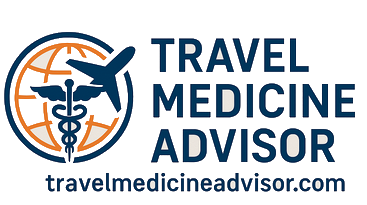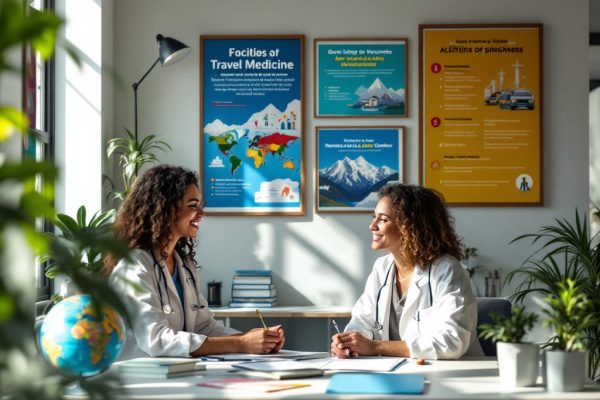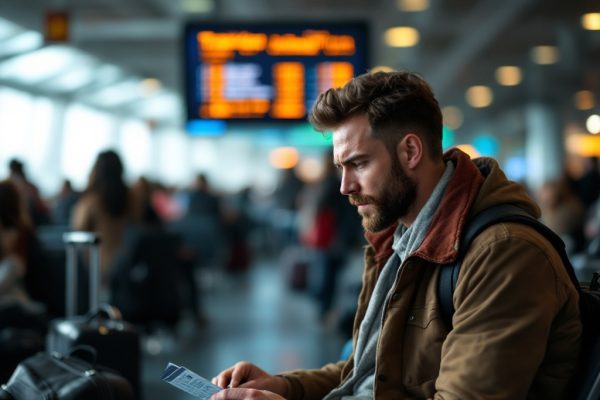How to Travel with Liquid Medicine in Bottles
Traveling with liquid medications? Don’t let TSA regulations stress you out! Learn how to easily navigate airport security with your essential medicines. This guide covers everything from the 3-1-1 rule exemptions for medically necessary liquids to packing tips and crucial documentation. Discover how to prepare your medications, obtain a doctor’s note, and ensure a smooth, hassle-free journey. Read on to travel with confidence and peace of mind.
Important information

- Medically required liquids over 3.4 oz are allowed in carry-on bags. Declare them to TSA at security.
- While not required, keeping medicine in original bottles can make security checks faster.
- A doctor’s note listing medications and dosages can help at security checkpoints.
- For international travel, check your destination country’s rules about medications. Contact their embassy for details.
- Temperature changes can affect medicine. Use a cool bag for sensitive medications.
Understanding TSA Regulations for Liquid Medicine
Traveling with liquid medications requires adherence to TSA regulations. Medically necessary liquids are permitted in larger quantities than the standard 3-1-1 rule for other liquids. Declare these medications at the security checkpoint for inspection.
What are TSA Guidelines for Transporting Medication?
Passengers can bring larger liquid medications (over 3.4 ounces) in their carry-on bags. While original prescription bottles aren’t required, they can streamline security screening. Declaring all medications at the checkpoint assists TSA officers.
Should Liquid Medicines Follow the 3-1-1 Rule?
Essential liquid medications are allowed and exempt from the 3-1-1 liquids rule, which restricts other liquids to containers of 3.4 ounces or less within a single quart-sized bag.
How to Declare Medically Necessary Liquids at TSA Checkpoints
Inform TSA officers about any medically necessary liquids before going through security. A doctor’s note or prescription can expedite the screening process. These medications are exempt from the 3-1-1 liquids rule.
Packing Liquid Medicine for Travel
Pack your liquid medications in your carry-on bag for easy access. Each container should be 3.4 ounces (100 milliliters) or smaller and placed in a clear, quart-sized, zip-top plastic bag. Include a copy of your prescription or a doctor’s note.
What is the Best Way to Pack Medication in Carry-On Bags?
For easier access and quicker security checks, pack your medications in your carry-on bag. Place any liquid medicines in a separate, clear, resealable bag, ensuring the bottles are securely closed to prevent spills.
Should Liquid Medicines Be Kept in Original Containers?
To avoid any issues at security, keep liquid medications in their original containers. This allows airport personnel to quickly verify your prescriptions, ensuring a smooth and safe trip.
Preparing Documentation for Traveling with Liquid Medicine
Bringing liquid medications through airport security requires a doctor’s note. This note must explain the medical need for liquid forms and list each medication with its name, dosage, and prescribed amount. Have a copy of your prescription handy to speed up the security process.
How to Obtain a Doctor’s Letter for Travel
Before your trip, consult your physician for a letter outlining your medical needs and the necessity of your medications. This will contribute to a smoother travel experience.
What Information Should Be on Your Medication List?
Traveling with medication requires careful planning. To ensure a hassle-free experience, follow these steps:
Create a detailed list of your medications. Include the name, dosage, purpose, and any related medical conditions for each medication.
Carry a doctor’s note. This is especially important for liquid medications, as it explains their necessity to TSA agents.
Keep a copy of your prescription with you. This provides further verification of your medication needs.
Store medications in original containers. Whenever possible, use the labeled containers your medication came in.
List potential side effects. While not mandatory, including a list of potential side effects can be helpful.
Traveling Internationally with Liquid Medicine
Traveling with medication? Here’s what you need to know: Regulations for medications differ across countries, often overseen by organizations like the FDA and international regulatory bodies. Before your trip, contact the embassy of your destination country to understand their specific medication import regulations. Always carry necessary documentation, such as prescriptions and letters from your doctor. And finally, keep your medication clearly labeled in its original packaging.
What Are FDA and International Regulations for Medication?
The FDA safeguards medication safety, effectiveness, and labeling in the US. However, international regulations vary. Some countries enforce stricter rules, while others are more relaxed. Therefore, travelers should investigate their destination’s specific guidelines regarding permitted medications and required documentation. Ignoring these rules has serious consequences, potentially leading to medication confiscation or legal penalties.
How to Comply with Embassy Regulations for Medicines
To understand the specific medication regulations for your destination, contact the embassy or consulate of that country. They can provide information on requirements like permits for certain medications or necessary documentation.
Special Considerations for Specific Medications
Traveling with essential medications like insulin pumps and EpiPens requires some preparation. You can pack these items in your carry-on bag without the quart-sized bag restriction, but inform the TSA officer about them at the beginning of the screening process. To maintain medication effectiveness, consider using an insulated bag with cooling packs, as temperature changes can affect how well your medication works. This is especially important for medications sensitive to extreme temperatures. Research the proper storage guidelines for your specific medications and check your destination’s regulations, as some medications may be restricted or require documentation.
How to Travel with Insulin Pumps and EpiPens
Pack your insulin pump and EpiPen in your carry-on bag, ensuring you have enough supplies for the entire trip.
Carry a doctor’s note explaining your medical need for these devices.
Contact the airline in advance to inquire about their specific regulations regarding medical devices.
How Temperature Changes Affect Medication Storage
Protect your medications from extreme temperatures. Store them in a cool, dry area, away from direct sunlight and moisture. For travel, use insulated bags or cooling packs to maintain the temperature of sensitive medications. Ask your pharmacist for specific storage advice.
















